Luoyang
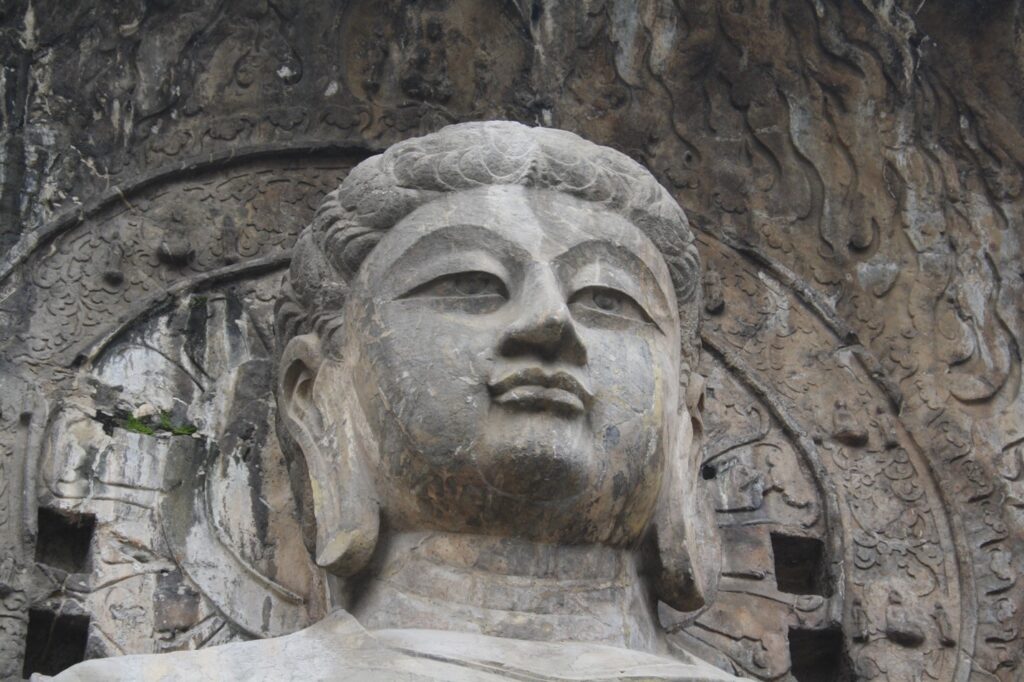
Travel Advice for Seniors: Luoyang
Our first stop outside of Beijing was in Luoyang. Luoyang is in Henan province and is said to be where Chinese civilization originated. It was China’s ancient capital for about 500 years and holds several ancient treasures. It was also located at the beginning of the ancient Silk Road route which connected to other Asian countries, the Middle East, and Europe from Second Century BC until the mid-15th century.
First stop was White Horse Temple, one of the first Buddhist temples in China. Its construction goes back to the year 68 AD. It is said that it was named for the two white horses that brought Buddhist scriptures from India. As a point of comparison, there is a more modern Buddhist temple right around the corner. Not generally accessible.
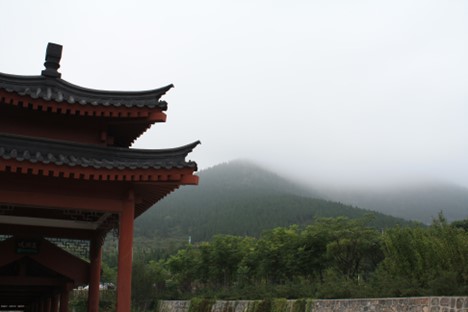
Next up was Shaolin Temple, a UNESCO World Heritage site. Shaolin is an operational monastery that is the birthplace of Chan or Zen Buddhism and the originator of Shaolin kung fu. It is located in the Song mountains and is a beautiful visit. Partially accessible with an adapted restroom.
In addition to the many temples and dormitories, part of the site also included a Pagoda Forest of ancient tombs. There are about 250 small pagodas under which Buddhist monks are buried. It is called a “Pagoda Forest” because there are so many in such a small area.
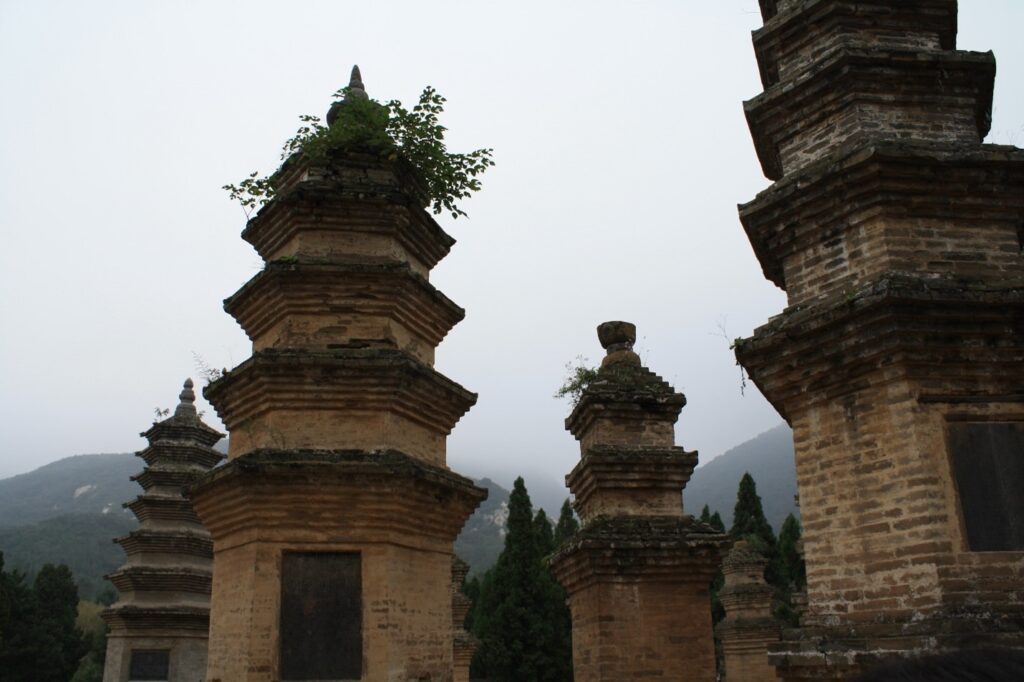
Highlight of our tour of Shaolin Temple was a Kung Fu exhibition, which featured practicing monks showing off their skills. This did appear to be an exhibition of talent even though the show is a regular occurrence. It was very entertaining watching the discipline of the monks and their exacting movements and intense concentration.
After a full day of touring, we went back to relax at the hotel, where we witnessed a curious sight. In the park below, there was a giant circle of concrete and as evening approached, the locals would come out to walk or dance around it. It was like a giant roller rink, only flat. Curious, but fun to watch.
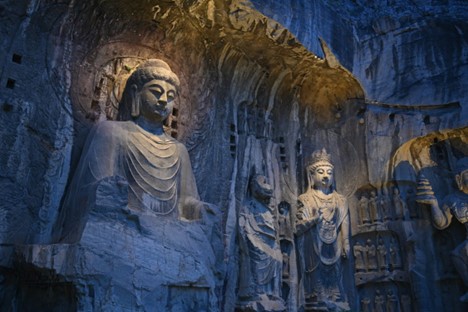
Next day was a much-anticipated visit to the Longmen Caves or Grottos. Located adjacent to the Yi River, the Grottoes are fine examples of stone carving from the Tang period and were carved at the end of the 5th century to the mid 8th century. Another UNESCO World Heritage Site, it features hundreds of caves housing tens of thousands of statues of the Buddha and his disciples. Accessible parking and entrance, though some walkways are uneven or have stairs.
It is indeed breathtaking to walk around the corner from the parking lot, past a lovely, paved path by the river and then come upon the Grotto with its 50-foot-tall carvings. It was apparent that the first thing ancient visitors would see upon their arrival by water was the superiority of this city and its religion.
Luoyang may be a bit out of the way, but it is worthwhile to get out of the main cities to see what life is like in the smaller cities, not to mention the incredible sights!
Where we stayed: Luoyang Hua Yang Plaza Hotel. breakfast included. Accessible parking, entrance and common areas.
How we got there: Flew from Beijing to Luoyang then private transfer to hotel.This was part of a five-and-a-half week private tour through China and Malaysia.
General Accessibility Information: See notes above. Most large cities are somewhat accessible, particularly hotels, some transportation and some major sights. Outside of the major cities, accessibility is generally less frequent to find. Also, be prepared for curious onlookers. Call in advance to verify and make specialty arrangements.See our sections on specialty apps and accessible travel for more on accessibility assistance.

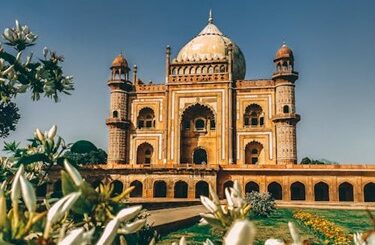
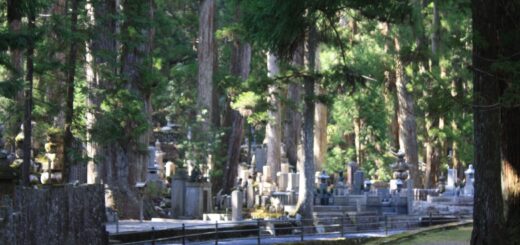
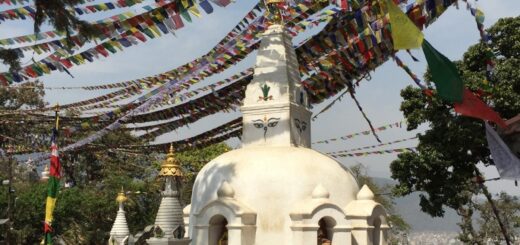

This is a very good tips especially to those new to blogosphere, brief and accurate information… Thanks for sharing this one. A must read article.